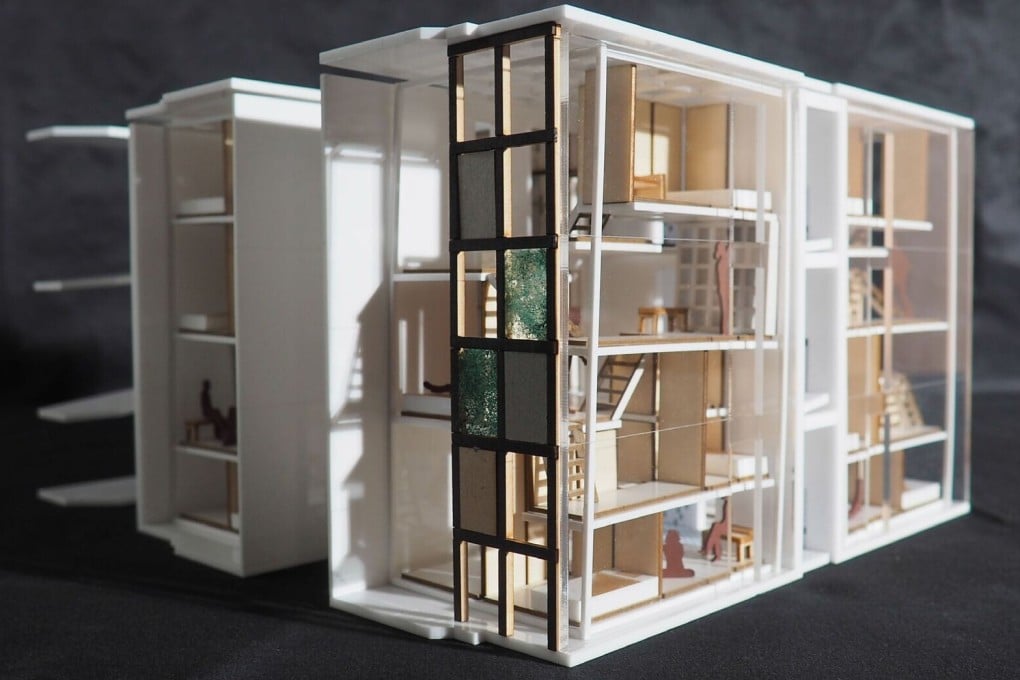When will Hong Kong start taking interior design seriously? When the profession is regulated, an expert says
- Hong Kong Interior Design Association vice-chairman says it is embarrassing that the city lacks a well-defined body of knowledge interior designers can tap
- The association has published online textbooks it hopes will form the core of a standardised professional qualification in interior design

Hong Kong does not take interior design seriously. That’s according to Horace Pan, vice-chairman of the Hong Kong Interior Design Association (HKIDA).
“Most people in Hong Kong wouldn’t be able to name you a single interior designer, unless they’ve hired one. Not even a famous one,” says Pan, who is a driving force behind the industry’s push to be recognised as a profession in its own right – distinct from architecture but every bit as skilled and rigorous.
Pan – who in 2003 founded brand and design company Panorama, whose focus is large-scale commercial projects – is also a senior teaching fellow at his alma mater, the School of Design at Hong Kong Polytechnic University.

“Developers here don’t have the best taste, and even the government has not really recognised the importance of interior design. We have high rents and smaller homes, so people prefer spending their time in public areas, but we don’t have high standards of design in them. Far from it.”
